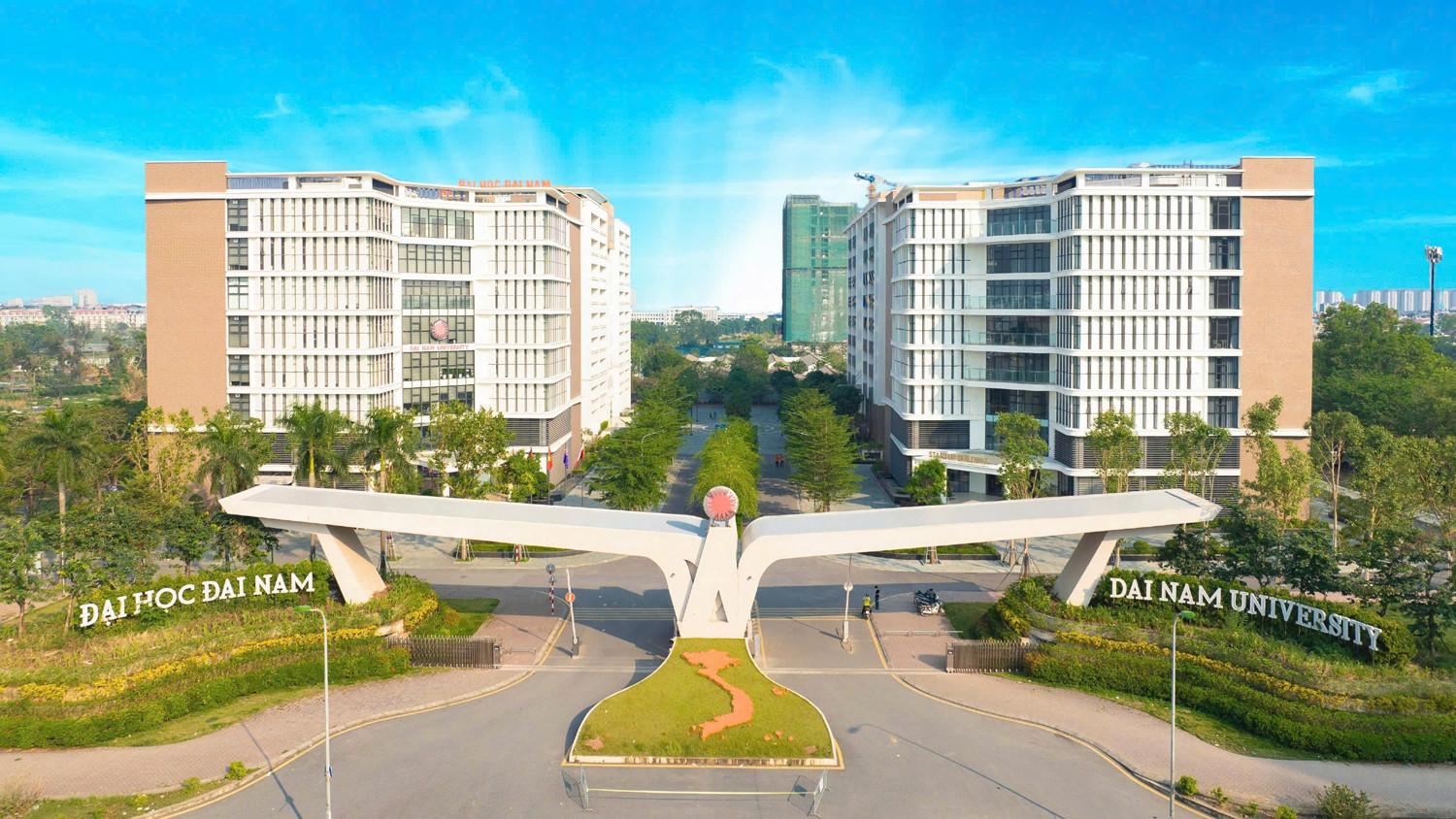Cashless consumption trend in Vietnam
Posted date 14/05/2018
2.399 view

According to a survey by the World Bank (WB), cashless payments have become a popular payment method in many developed countries around the world, with people's spending value accounting for more than 90% of total daily transactions.
MSc. Trinh Thi Minh Nguyet
Faculty of Finance and Banking, Dai Nam University
According to a survey by the World Bank (WB), cashless payments have become a popular payment method in many developed countries around the world, with people's spending value accounting for more than 90% of total daily transactions.
Cash in the economy accounted for just over 7.7% in the US and 10% in the Eurozone in 2016. In Sweden, for example, cash only accounted for about 2% of the economy. More and more governments are now calling for a shift from cash to non-cash payments. Electronic payments are encouraged because these payments leave an electronic trail that can be easily checked and monitored by authorities. People do not have to go to the bank to withdraw or keep money and can pay anywhere with just a phone. Transactions become easier and faster, contributing to stimulating commercial activities.
Cash in the economy accounted for just over 7.7% in the US and 10% in the Eurozone in 2016. In Sweden, for example, cash only accounted for about 2% of the economy. More and more governments are now calling for a shift from cash to non-cash payments. Electronic payments are encouraged because these payments leave an electronic trail that can be easily checked and monitored by authorities. People do not have to go to the bank to withdraw or keep money and can pay anywhere with just a phone. Transactions become easier and faster, contributing to stimulating commercial activities.
.jpg)
Cashless payment is a worldwide trend and is also being chosen by many Vietnamese people instead of the usual form of cash payment. Cashless payment will be an inevitable trend along with the development of technology and economic integration. A cashless society is a global trend. Vietnam's goal is that in the next 3 years, our country will adjust so that cash only appears at a level lower than 10% in the total payment aspect.
According to the Ministry of Industry and Trade (2017), Vietnam has a population of more than 90 million people, of which 49% use the internet and 34% use mobile phones to access the internet. E-commerce is considered to have great potential for development in Vietnam. Vietnam is aiming for a 90% cashless economy by 2020 by reducing cash transactions and increasing electronic payments. According to a report from the State Bank of Vietnam (SBV), the proportion of cash/total means of payment in the economy tends to decrease from 19.02% in 2005 to 14.02% in 2010 and to 11.45% in August 2017. Currently, the infrastructure for cashless payments is gradually being completed. According to data from the State Bank, the number of issued bank cards is increasing rapidly, the value of card transactions is growing continuously and stably. As of June 2017, the number of cards issued reached over 121.5 million cards. In addition, most banks have integrated many features and applications for direct online payment of services such as: electricity, water, insurance, telecommunications, transportation, online shopping. In addition, following market trends, more than 76 payment service providers have deployed payment services via the Internet and 39 organizations provide payment services via mobile phones. It can be seen that the infrastructure for non-cash payments is gradually being completed to ensure that payment activities take place safely and quickly.
In general, in the period 2011-2015, the use of electronic cards in Vietnam has increased, helping to increase the consumption of goods by 0.22% and the contribution of card circulation to Vietnam's GDP reached more than 800 million USD. By the end of 2015, the value of ATM transactions reached 1,564 trillion VND, the highest in the past 4 years. According to the Government's project to develop non-cash payments, by the end of 2020, the proportion of cash in total means of payment will be lower than 10%; the whole market will have at least 300,000 POS installed with the number of transactions reaching over 200 million transactions per year; 100% of supermarkets, shopping centers and modern distribution facilities have POS; 100% of State Treasuries of provinces and centrally run cities; State Treasuries of districts, cities, towns under provinces and centrally run cities also have POS to serve state budget collection.
However, with 90% of transactions being conducted in cash and only 30% of the population having a bank account, the Government is facing an uphill task to achieve its target. Despite the increase in bank accounts, access to traditional banking services in remote or rural areas remains low. Therefore, commercial banks and payment service providers need to improve their services in these untapped markets. According to a 2016 study, only 63% of the population above 35 years of age use online banking services, while 38% of those below 24 years of age do not have an e-banking account. Security issues seem to be a major factor in users not choosing this solution as more than 50% of users expressed concerns about security issues when making online transactions.
.jpg)
It is undeniable that cashless payments bring convenience. However, to develop cashless payments and turn them into a major payment method in society, there needs to be synchronous and appropriate solutions.
One is: perfecting the legal framework and monitoring mechanism in non-cash payments. The practice of rapid and strong development of non-cash payment activities has set certain requirements for the legal basis to regulate new payment activities and services. The contents that need to be perfected are not only the system of legal documents related to payment activities in general in the economy, both cash payments and non-cash payments, but also the need to create a fair competitive environment, ensuring market access and service access for entities with similar functions; forming an effective customer protection mechanism and ensuring an effective and objective dispute resolution process.
In addition, it is necessary to clearly define the authority and responsibility of the entities participating in payment activities, on that basis, control legal risks appropriately and ensure compliance with international standards and practices, recommended by international financial and monetary institutions or commonly applied in many countries around the world.
Second: change people's habits and perceptions in seeing cash as a preferred payment tool and has long been a difficult habit to change for consumers and many businesses. To develop non-cash payments, first of all, we must help each person understand the benefits of this payment method. If people have a more complete understanding, they will feel safer, more convenient and more comfortable when using the services provided by banks, thereby inevitably creating a need to use them.
A strong economy always goes hand in hand with a modern payment system. Only when people, businesses, payment service providers and banks benefit together can we change people's cash usage habits, change the mindset of "withdrawing cash from ATMs to pay for goods" and gradually build a culture of cashless payments among the people. Only then can cashless payments truly develop in the right way.
Latest article
View all Posts
Related articles
See all related Articles










